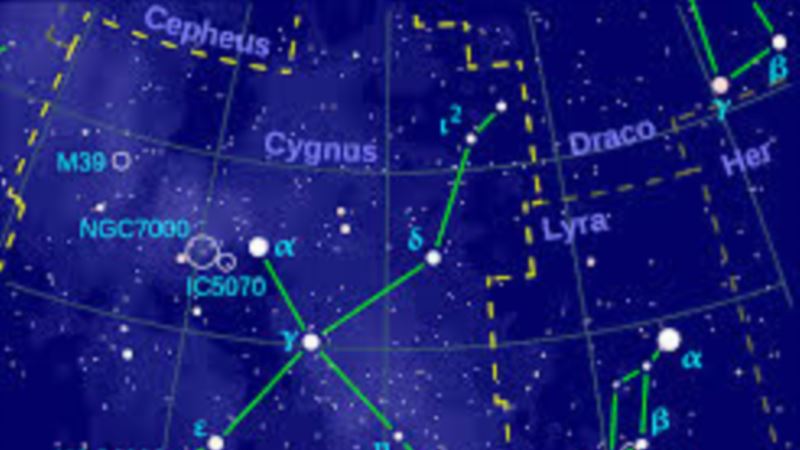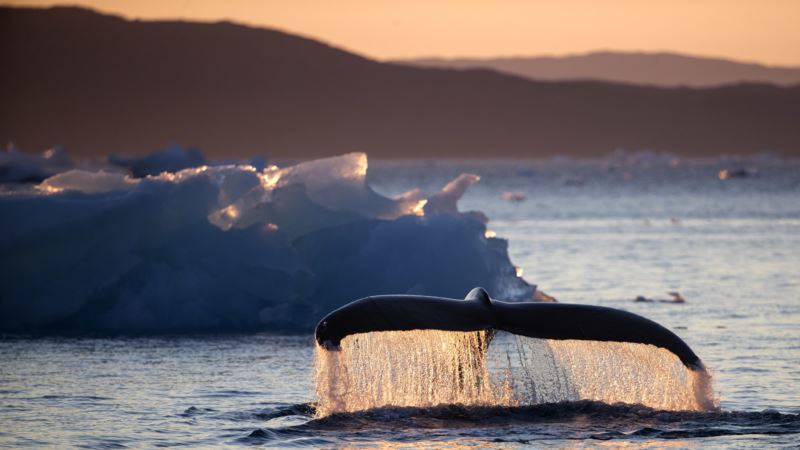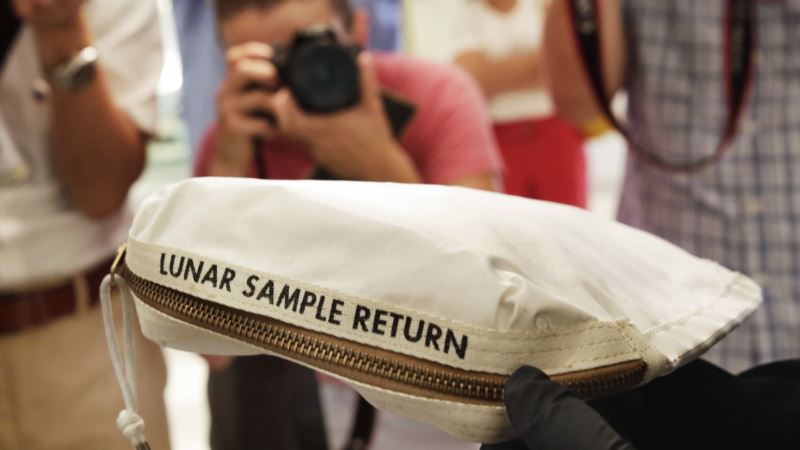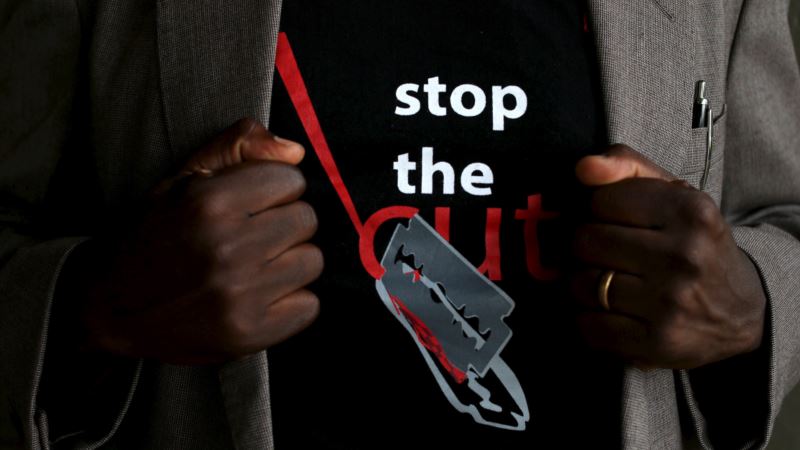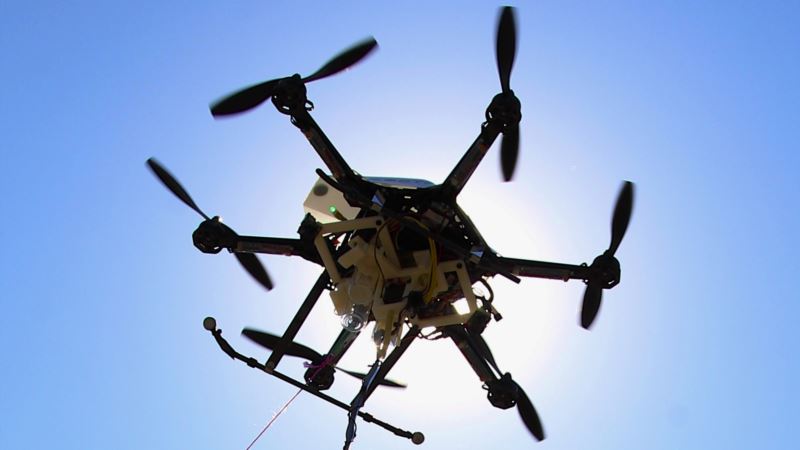There could be some dramatic changes to the night sky if astronomers are correct in their observations. They say it may be possible to see a binary star in the Cygnus constellation merge and explode in 2022, creating a red nova. The binary star is about 1,800 light-years away in the Cygnus constellation, so what astronomers are observing now happened about 1,800 years ago. They are making a present day prediction about what may be seen in 2022 based on those observations. The announcement was made Friday by Lawrence Molnar, professor at Calvin College in Grand Rapids, Michigan, his students, and fellow astronomers from Apache Point Observatory (APO), New Mexico, and the University of Wyoming at the 229th meeting of the American Astronomical Society in Grapevine, Texas. “It is a one-in-a-million chance that you can predict an explosion. It has never been done before,” Molnar said. The binary system, called KIC 9832227, has long been studied, but in 2013, astronomers noticed a change in its brightness. Upon closer inspection, Molnar and his team discovered the stars were getting closer to one another. The astronomers then compared that data to an observed creation of a red nova from the binary V1309 Scorpii, which led them to conclude a red nova might be about to form at KIC 9832227. “Bottom line is we really think our merging star hypothesis should be taken seriously right now, and we should be using the next few years to study this intensely so that if it does blow up we will know what led to that explosion,” Molnar said. If the new red nova does materialize, it will be visible in Cygnus in the prominent formation called the Northern Cross. “The project is significant not only because of the scientific results, but also because it is likely to capture the imagination of people on the street. If the prediction is correct, then for the first time in history, parents will be able to point to a dark spot in the sky and say, ‘Watch, kids, there’s a star hiding in there, but soon it’s going to light up," Matt Walhout, dean for research and scholarship at Calvin College, said.
Star Explosion Could Change Night Sky
